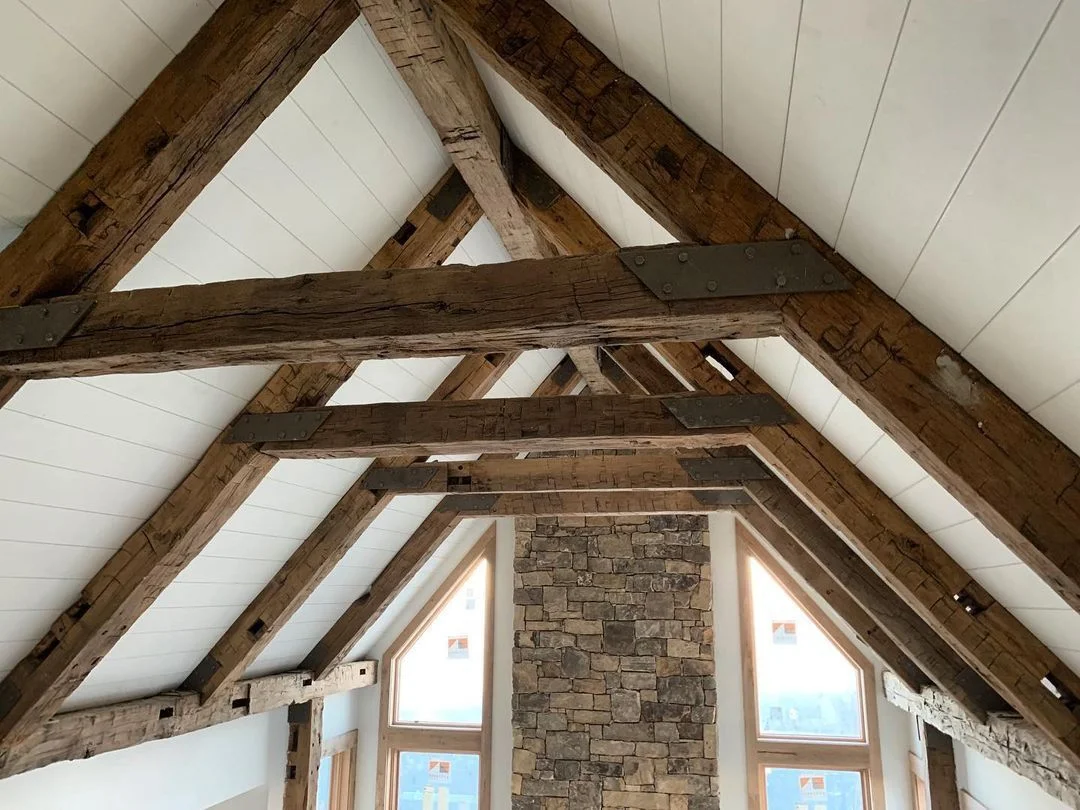In the world of woodworking and construction, the choice between hardwood and softwood is a fundamental decision that can significantly impact the outcome of a project. While the terms “hardwood” and “softwood” might seem straightforward, their distinctions go beyond just surface hardness and texture. Understanding these differences is crucial for selecting the right type of wood for various applications; ensuring you end up with the desired aesthetics, durability, and functionality of your project.
Hardwood vs. Softwood
Characteristics of Hardwood
What is Hardwood?
Hardwoods refer to trees belonging to the category of angiosperms which reproduce through flowering plants. These trees can be found in temperate and tropical forests around the world. They typically shed their wide leaves, which, after changing color, fall off during autumn and winter.
The trunks of hardwoods tend to be more intricate than those of softwoods. They grow at a slower pace compared to softwood trees, often taking up to 150 years to reach maturity. This results in lumber that is denser, heavier, and more durable.
The term “angiosperm” derives from the concept of “enclosed seed,” referring to the fact that the seeds of these trees are enclosed within an ovule, similar to a fruit or nut. This design leads to slower seed dispersal, making hardwood trees typically more densely packed.
Oak, maple, cherry, walnut, mahogany, Balsa, Blackbutt, and Spotted Gum are all examples of hardwood trees.

Advantages
- Durability: Hardwoods yield high-quality and long-lasting lumber.
- Ease of Maintenance: Hardwood is easy to clean and can be repaired in the event of surface damage.
- Strength: Thanks to the robust cell structure in the trees, hardwoods boast exceptional strength.
- Aesthetic Variety: With an array of colors and finishes, hardwoods complement nearly any interior design.
Fire Resistance: Hardwoods exhibit superior fire resistance compared to lighter woods.

Disadvantages
- Slow Growth: The gradual growth rate of hardwood trees means longer regeneration periods.
- Workability: Hardwoods’ density often makes them less pliable and more challenging to work with.
- Cost: Generally, hardwoods come at a higher price, reflecting their higher quality and greater scarcity.
Refinishing Needs: In high-traffic areas, hardwood floors may require expensive refinishing over time.
Characteristics of Softwood
What Is Softwood?
Softwoods originate from gymnosperm plants like conifer (evergreen) trees. These trees feature needle-like leaves that maintain their green hue throughout the year in contrast to broad leaves that shed annually. Softwoods exhibit a more rapid growth rate compared to hardwoods, typically reaching maturity in approximately 40 years. Due to their rapid growth, they possess a lower density than hardwoods.
The term “gymnosperm,” stemming from Greek, literally translates to “revealed seed,” as most trees contain seeds in cones that lack the enclosing protection of an ovule. These seeds remain uncovered, allowing them to disperse more easily and rapidly compared to hardwoods.
Pine, spruce, cedar, Douglas fir, and Hemlock are examples of softwood species.

Advantages
- Ease of Handling: Softwood is versatile and can be applied in various ways since it’s easier to work with.
- Rapid Growth: Softwoods grow faster than hardwoods, making them a more sustainable resource.
- Affordability: The abundance of softwood makes it a budget-friendly option.ellus, luctus nec ullamcorper mattis, pulvinar dapibus leo.

Disadvantages
- Lower Density: Softwoods are characterized by a lower density resulting in reduced strength and durability. Notably, certain ‘hard’ softwoods like Juniper and Yew exhibit higher densities.
- Limited Longevity: Softwoods tend to show wear and tear more quickly than hardwoods, making them less suitable for high-traffic areas.
- Fire Susceptibility: Softwoods are generally less resistant to fire unless finished and treated properly.
How to Identify Hardwoods and Softwoods
- Grain: The presence of vessels set hardwoods apart, giving them a more prominent and robust grain, unlike softwoods which exhibit a gentler, less conspicuous grain.
- Color: Typically, hardwoods tend to feature darker hues, while softwoods generally display lighter shades.
- Hardness: In terms of robustness, hardwoods tend to excel as they show greater resistance to scratches and offer extended durability. A simple test can be done by attempting to chip the wood with a knife – if it chips easily, it’s likely to be softwood.
Weight: Generally, hardwoods weigh more due to their higher density compared to lighter softwoods.

To conclude, it is important to understand the differences between hardwood and softwood. Hardwood is denser, heavier, and more expensive than softwood. Consequently, hardwood offers greater strength and stability, which makes it an ideal choice for furniture or flooring projects that require long-term use. On the other hand, softwood is usually lightweight, has better insulation properties, and is more affordable. Therefore, when deciding between hardwood vs. softwood, always consider your individual needs and preferences to get the best product for your requirements.






